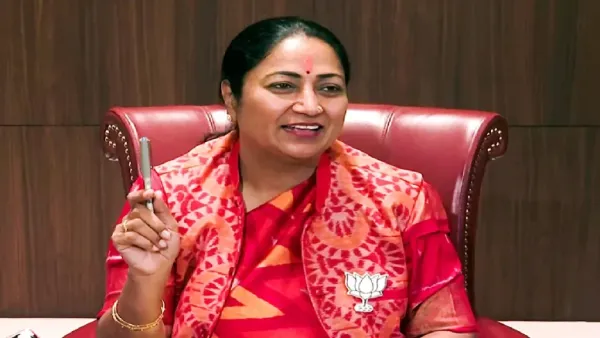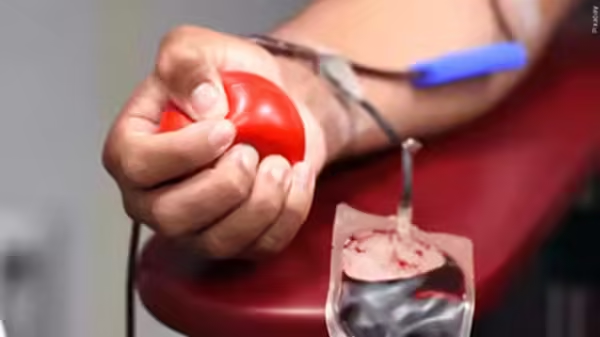
Indian banks have shown significant improvement in asset quality during FY25, driven by low net additions to non-performing assets (NPAs), a new report said on Friday.
This trend has helped banks strengthen their balance sheets, while credit costs have continued to decline, boosting overall profitability, according to data compiled by CareEdge Ratings.
The report noted that the Gross NPA (GNPA) ratio for scheduled commercial banks (SCBs) touched 2.3 per cent by the end of FY25 -- one of the lowest levels in recent years.
This improvement has been supported by steady recoveries, high write-offs, and reduced slippages.
Over the past decade, banks have shifted focus from large corporate loans to retail lending, which now accounts for 34 per cent of total advances, compared to just 19 per cent in 2015.
The decline in industrial sector NPAs has been particularly notable, dropping from 22.8 per cent in March 2018 to just 2.7 per cent in December 2024.
Even in agriculture, GNPA reduced to 6.2 per cent in the same period. Retail sector NPAs remained low at 1.2 per cent in December 2024, though emerging stress in unsecured personal loans and credit card dues has been highlighted as a concern.
Sanjay Agarwal, Senior Director at CareEdge Ratings, said: "Net additions to NPAs have remained broadly low, enabling the sector to witness a steady reduction in headline asset quality numbers."
"However, with the personal loans segment facing stress, fresh slippages are expected to rise, and recoveries may taper gradually," he added.
Agarwal also warned of downside risks such as elevated interest rates, regulatory changes, and global headwinds like tariff hikes, which could put additional pressure on asset quality.
Public sector banks (PSBs), in particular, are well-prepared to absorb any shocks, holding strong provision coverage ratios between 75 per cent and 80 per cent.
Private sector banks, while having lower NPAs overall, also maintain solid buffers.
Credit costs have declined from 0.86 per cent in FY22 to 0.41 per cent in FY25, reflecting reduced provisioning needs and better recoveries.
However, the report suggests that credit costs may have bottomed out and could inch up in FY26 due to stress in short-tenure retail loans.
(This report has been published as part of the auto-generated syndicate wire feed. Apart from the headline, no editing has been done in the copy by ABP Live.)
-
Apple iPhone 16 Gets Massive Discount on This Platform Without Bank discount ahead of iPhone 17 launch; Check Camera, Battery | Technology news

-
Pakistan Cricket Board: PCB’s decision in Pakistan! Babur, Rizwan and Shaheen suddenly fell

-
Delhi CM Rekha Gupta announced to formulate a new excise policy, social security will also be taken care of in selling liquor, Delhi CM Rekha Gupta to Implement New Excise Policy Will Focus on Socus on Social Security

-
World Blood Donor Day: Learn why your blood is not less than ‘life’ for someone – ..

-
Ahmedabad Plane Tragedy: Moca Constitutes High-Level Committee for Probe Into Causes of Air India Flight AI-171 Crash | Read
